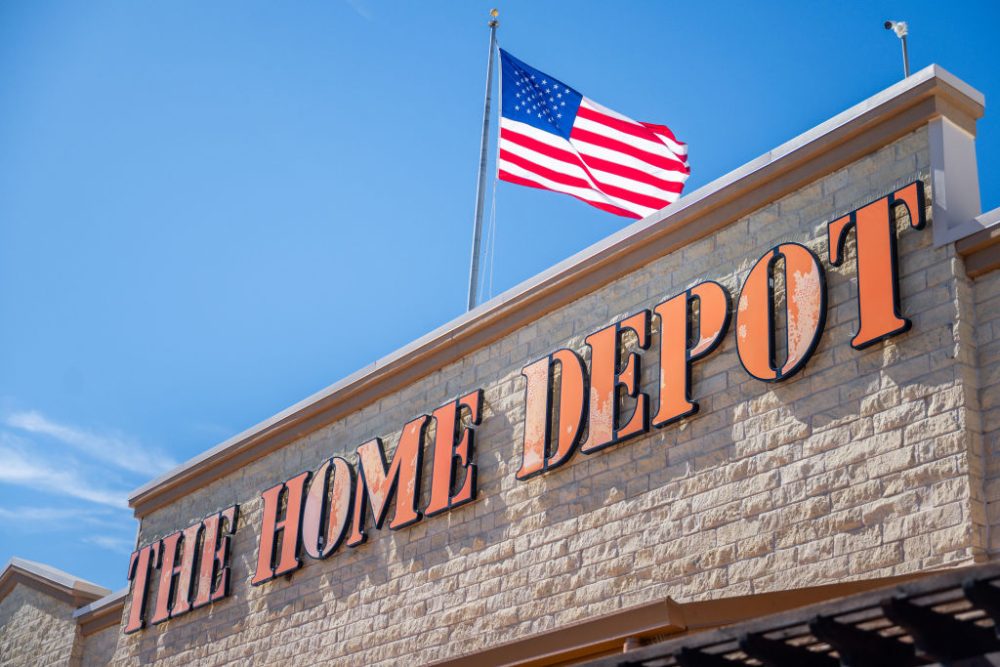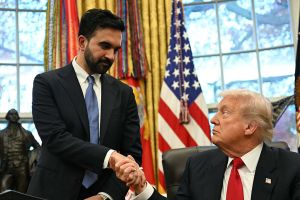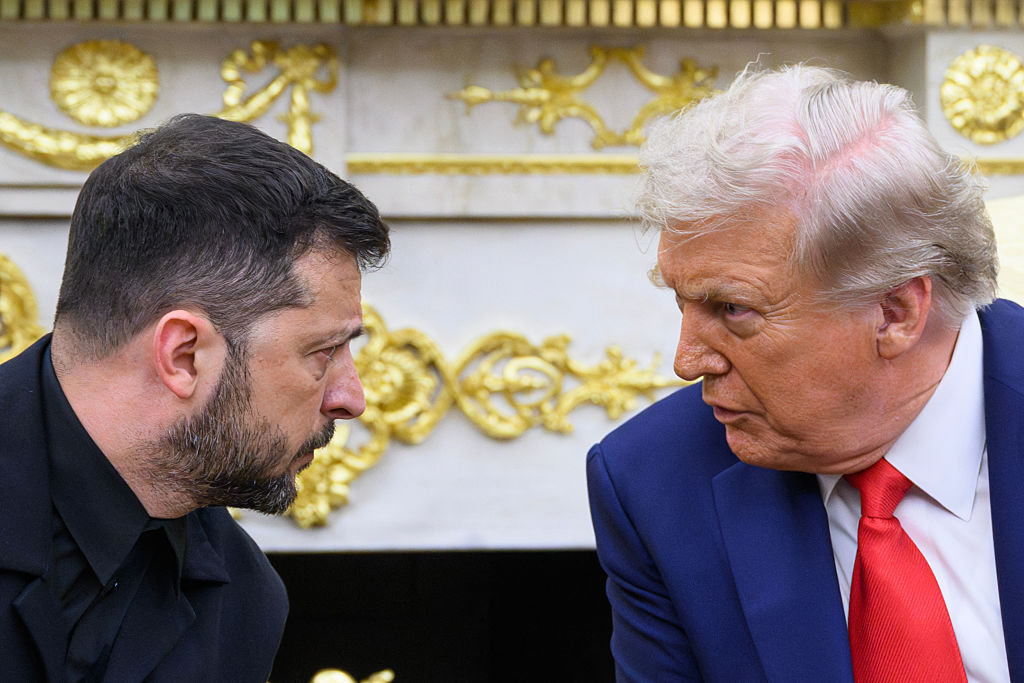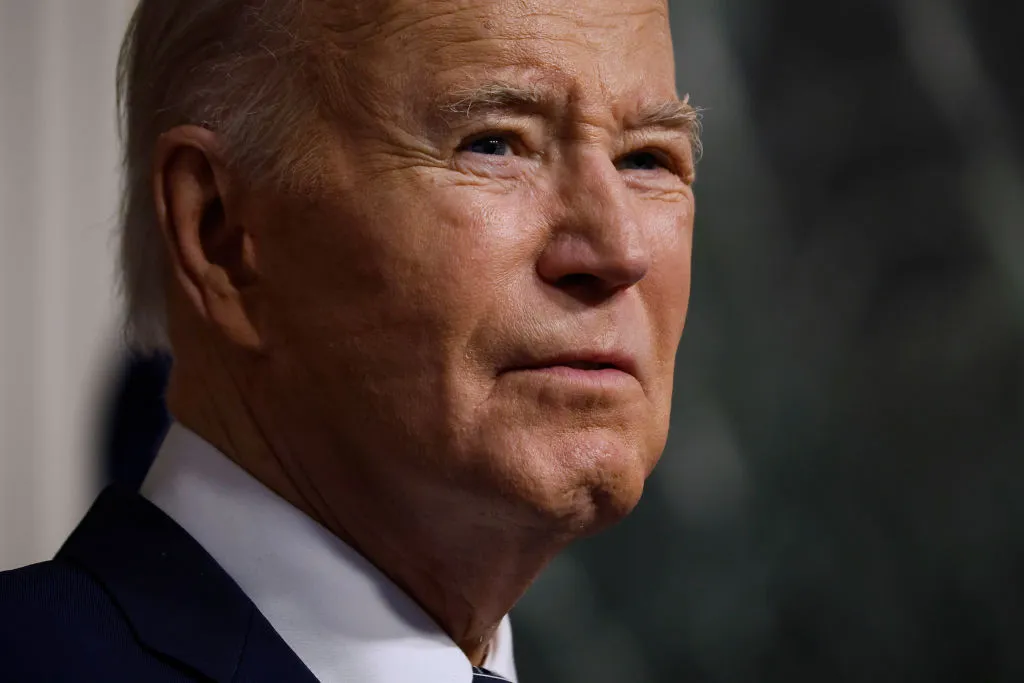When President Trump told Walmart to “EAT THE TARIFFS,” he implied that to not do so was a profit-mongering conspiracy against the American people. He noted Walmart’s extensive trade relationships with China and its large profit margin. But Walmart maintained that tariffs made price rises unavoidable.
And when Amazon flirted with noting on some of its products the precise amount of cost increases attributable to tariffs, Trump called Jeff Bezos to complain and Amazon backed away from its plan.
After observing Trump’s hostility to Walmart and Amazon, Home Depot took a different approach and asked: what trade war? Unlike numerous major American corporations, Home Depot has not rescinded its 2025 guidance for investors because of the uncertainty from tariffs. In fact, it recently reported increased revenue that beat expectations.
Addressing the tariffs, chief financial officer Richard McPhail, commented that Home Depot will “generally maintain… current pricing levels across our portfolio.”
Seasoned observers likely see an opening in the word “generally” used in the Home Depot CFO’s statement. Prices vary across the company’s retail portfolio; some will go up, others will decrease. These divergent movements are expected, by the CFO, to cancel each other out and see prices remain steady.
The company is better positioned than most because it has effectively diversified its supplier base for retail goods and does not primarily depend on China as a product source. It has been shifting production out of China, and its goal is for no country to represent more than 10 percent of its purchases. The corporation has also squeezed its suppliers to make price concessions, relying on its power in the home improvement retail market. Home Depot’s customer base comprises homeowners (middle and upper-middle-class consumers), and the business isn’t predicated on offering the lowest possible prices.
Its situation contrasts with that of Walmart, which prides itself on low prices, and its thin profit margins show it. Walmart’s business model exposes it more to tariff pressures.
This underscores that different companies will make specific price decisions based on numerous factors close to their operations – and we should be careful before drawing macroeconomic conclusions about the impact of tariffs.
What is interesting about Home Depot’s decision to hold its prices steady, supposedly, is that weeks earlier, it painted a somewhat different story in an April 21st meeting with President Donald Trump and the CEOs of Walmart and Target to discuss how “Liberation Day” had impacted their businesses. We are told that all three CEOs warned the president that supply chains would freeze and their shelves would likely be bare by May. Dramatic price increases were inevitable, they stated. It was not an empty warning.
Containerized imports from China reportedly declined by as much as 60 percent since the April 2 tariff announcement. The Port of Los Angeles disclosed sharp losses expected in late May and early June of 350,000 TEUs, i.e., a significant decrease in container ship tonnage coming to the port. Large truck sales sagged in March, anticipating a reduced need for long-distance hauling services. Economic reality was coming, bringing its bitter, galling truth.
Coincidences in politics seem rare. The day after this meeting, Trump ceased attacking Federal Reserve Chairman Jerome Powell and announced that tariff rates on China would be slashed from their current 145 percent level. Representatives from China and the United States huddled and, on May 12, lowered their trade war weapons for at least 90 days. China reduced its tariff rates from 125 to 10 percent, and America cut rates from 145 to 30 percent.
Home Depot’s decision not to increase its prices, despite its geographical product sourcing moves, became more plausible.
But this temporary era of good feelings now relies on the whims of President Trump and the nations of the world striking dozens of bilateral trade agreements. And that seems unlikely at present. Or does the president continue suspending his tariffs indefinitely under market pressure? Will the federal courts permit this exercise of executive rulemaking to continue, hanging over companies and consumers? The US Court of International Trade has resoundingly said no, and now its ruling goes up the federal courts chain.
Markets instantly responded positively to the American-China compromise and the earlier April 9 climbdown when rates were lowered to 10 percent on most nations’ goods, again for 90 days.
But only one permanent trade deal has been negotiated since Liberation Day, and that’s with the United Kingdom, our great ally. Home Depot and other companies must still navigate a retracting commercial environment, induced by government edict.
Our effective tariff rate at the beginning of 2025 was 2.7 percent. It’s now 18 percent. Goldman Sachs estimates job losses from the tariffs could total 500,000 while creating 100,000 manufacturing jobs. GDP will decline by 6 percent in the long run, and wages will decrease by 5 percent, according to the Penn Wharton Budget Model’s analysis of the tariff policies.
Our great companies may very well be at the beginning of a long suboptimal economic reality.
America is losing economic ground. The bigger fear is how this trade war will permanently reshape the nation’s economic reality as the world reorganizes itself because of America’s unpredictability. One thing is sure: Americans will pay for it.


























Leave a Reply